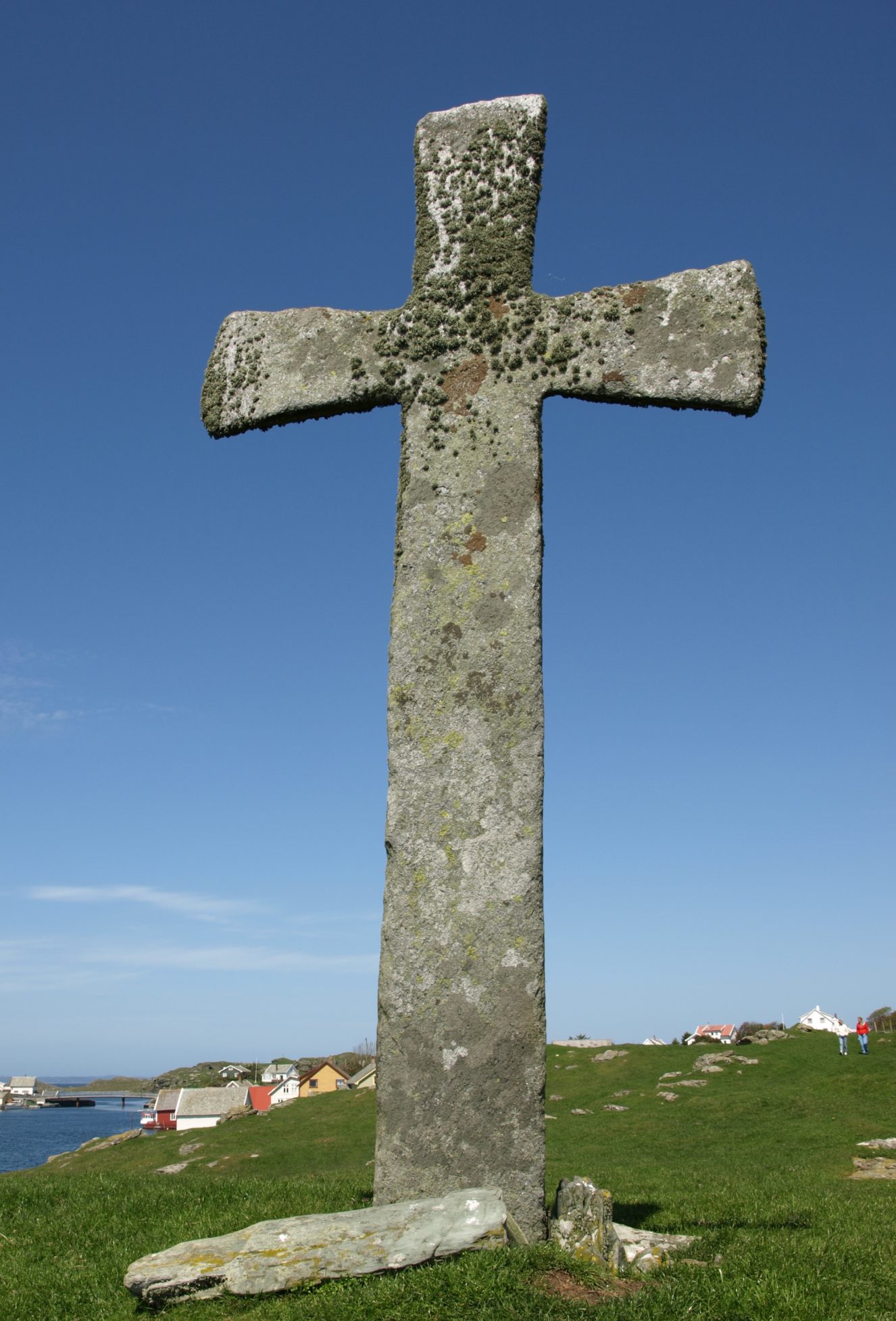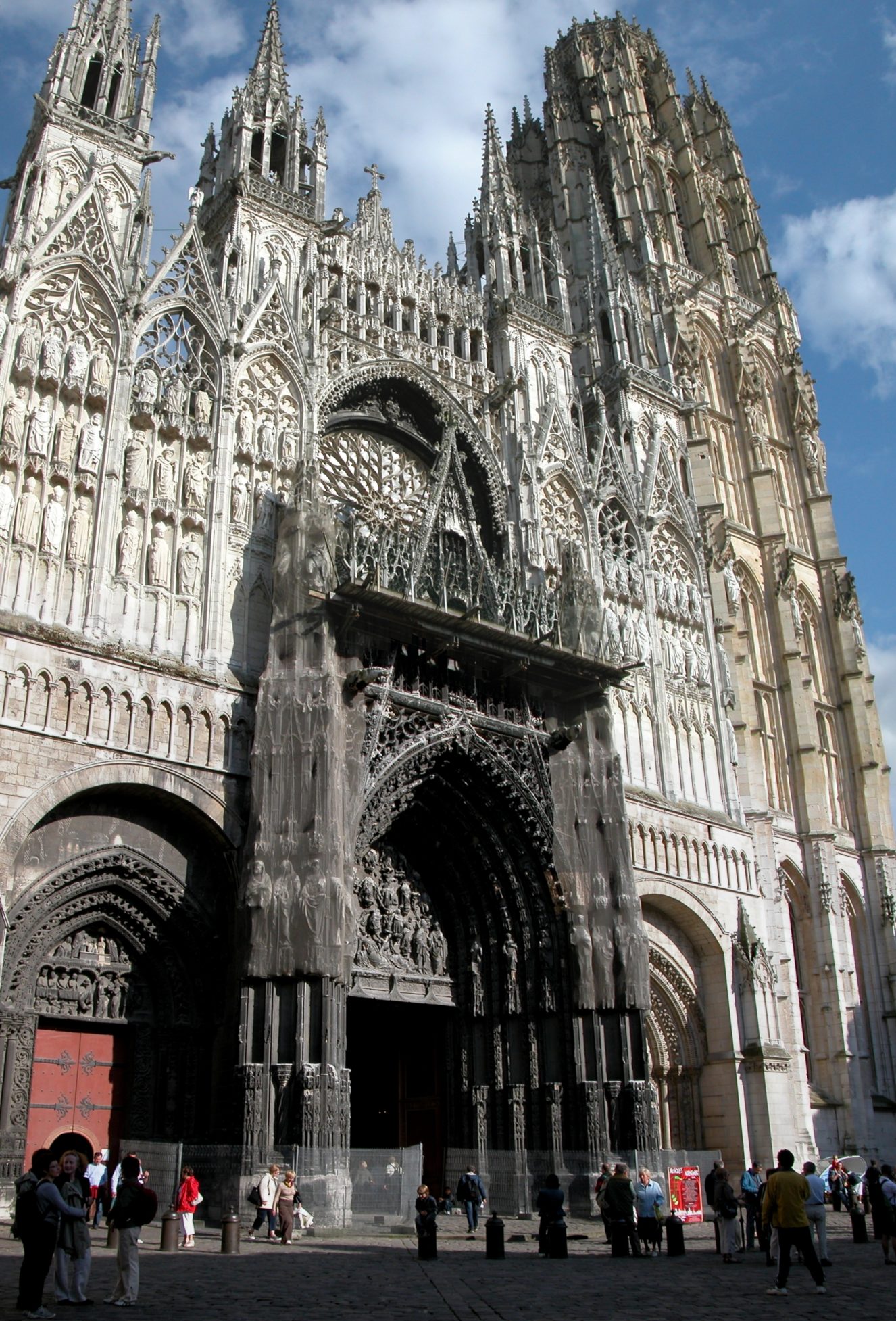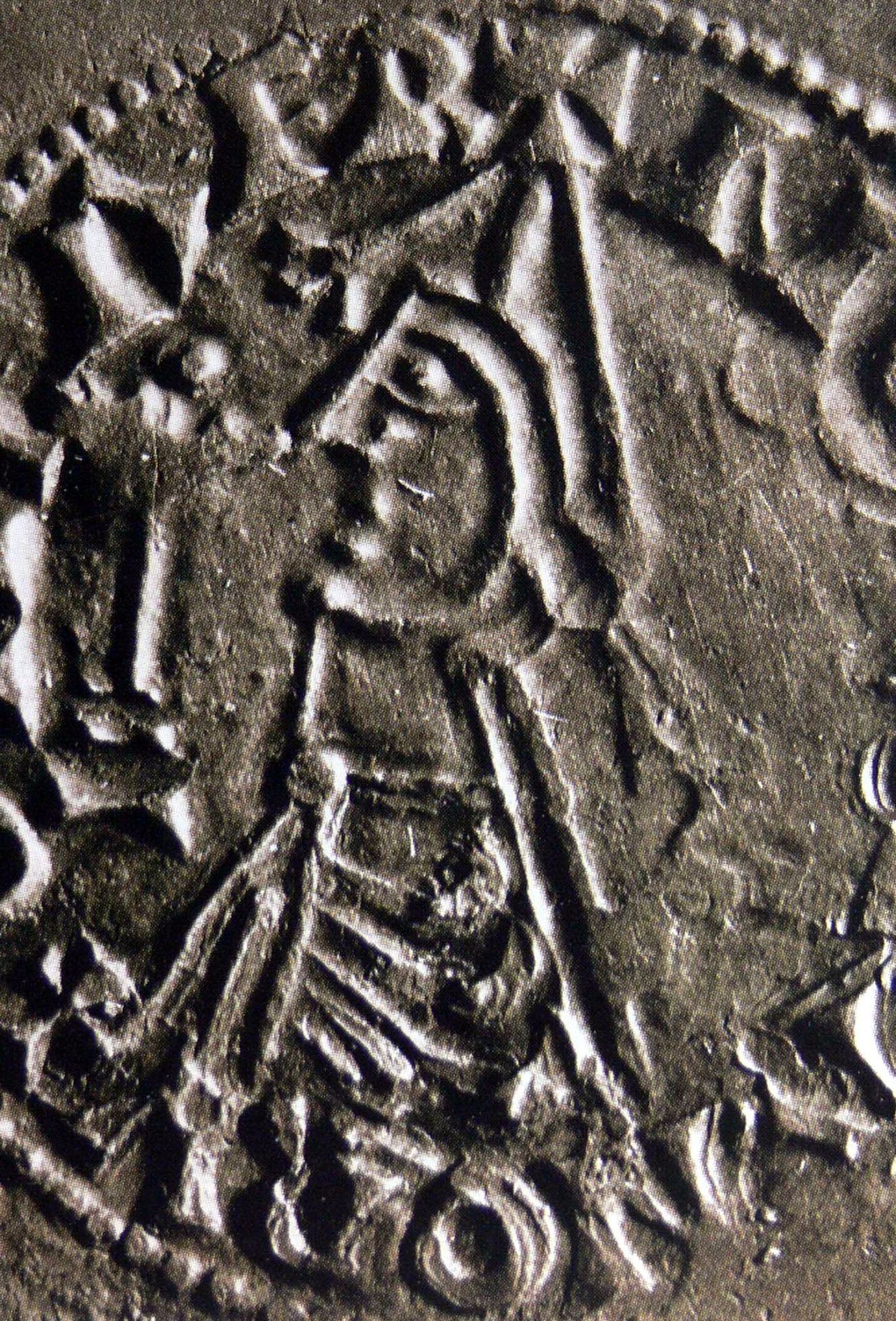The first Christians
The first Viking expeditions at the end of the 8th century were the prelude to a period that would influence Europe greatly. As Vikings influenced the development in Europe, the encounters also shaped the Viking world.
The greatest and most permanent influence was the introduction of a new religion, Christianity. At the end of the 8th century, stone crosses were erected along the Norwegian coast. These are early signs of the establishment of Christianity in Norway.



